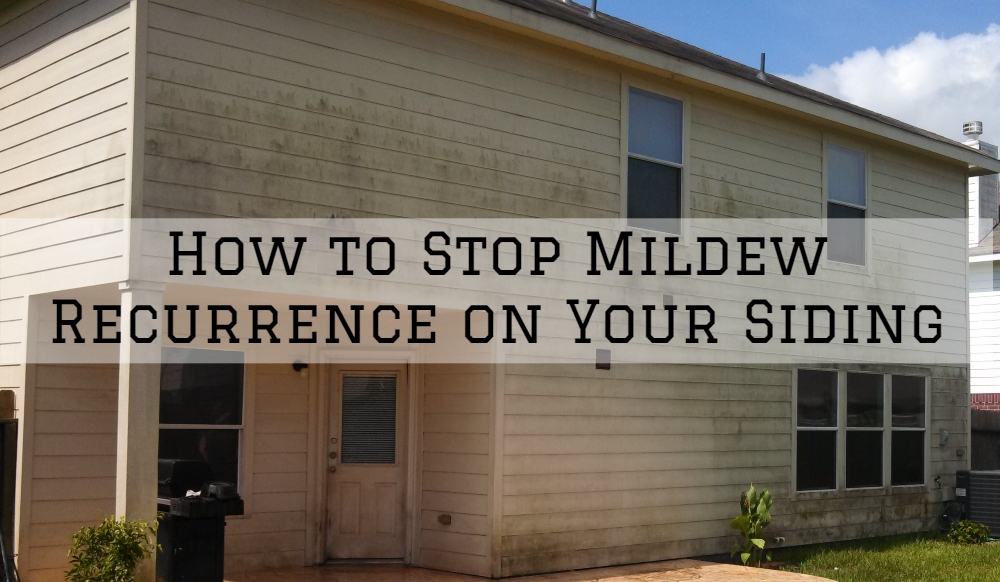
Your home’s siding, whether vinyl or wood, forms the first line of defense for your home against harsh exterior weather conditions and other wear and tear factors. Due to regular exposure to moisture, high humidity and precipitation, the siding can develop mildew. Mold and mildew often lower the curb appeal and aesthetic appeal as well as the value of your home.
If the siding experiences frequent mildew recurrence, it makes your home look neglected, and it can be impossible to sell it at a reasonable price when the time comes. In this post, we share a few tips on how to stop mildew from growing on your siding, but first;
Understanding Mildew Occurrence
Mildew forms best in shady, moist areas. While the wooden or vinyl sidings are hard materials, mildew often forms in areas that are predominantly shaded or constantly exposed to moisture. This could be as a result of the weather conditions or leakage from faulty water pipes, gutters, downspouts or the roof. Sometimes walls near the bathroom or kitchen sink can also experience localized mildew recurrence.
How to Prevent Mildew Recurrence on Your Siding
• Schedule Regular Inspections –inspection is the first step to catching mildew on time before it spreads. This is something you can do on your own, at least two times per year. When you are inspecting your siding, pay particularly close attention to surfaces that are in the shade or where rain gutters or tree branches may drip moisture on the siding.
• Maintain Rain Gutters and Downspouts –during an inspection, check for splits, cracks, and holes in the gutters that might cause leakage. Additionally, keep your gutters and downspouts free of dirt, leaves, mud, paper and other forms of debris. Repair your gutters as soon as possible to prevent water from spilling onto your siding where it will encourage mildew and mold growth.
• Remove Dirt from Your Siding –wet dirt and grease often form a germination media for mold and mildew. It’s important to pressure wash your siding 1-2 times per year to get rid of any accumulated dirt and grease.
• Remove Mildew Quickly –if you notice mildew on your siding, remove it immediately to prevent further spread and recurrence. Make a solution of 1-part kitchen bleach and 3-parts water and apply it to the mildew infected areas using a soft sponge and let it settle for 30 minutes. Wipe off the mildew using a clean cloth, or soft scrub brush and then wash the area using a garden hose.
• Check Your Ventilation Ducts –If you have any ductwork that vents outside of your home, you should inspect them every so often to make sure that there’s no moisture accumulating around them on your siding. Any moisture accumulating in this area can cause mildew and mold proliferation.
• Repaint Your Siding –applying a new coat of paint to your siding can be a sure way to keep mildew and mold recurrence to a stop. A coat of paint will prevent the moisture from getting in touch with the siding and limit the chances of fungus growth. Where necessary, a mildewcide can be added into the paint to further stop mildew recurrence.
The Bottom Line
The best way to completely get rid of mildew and prevent future recurrence is by first, identifying the cause of the recurrence and having it fixed. After that, a preventative measure such as repainting your siding can save you a lot of frustration, time and money in repairs and battles with mildew down the line.
If you need any professional help repainting your home in Omaha, NE, our team at Brush & Roll Painting can help. To get started, simply book a FREE estimate below or call us today on 402-932-9764 if you need more details.
Bill is the owner and operator of Brush & Roll Painting.
Topics:
